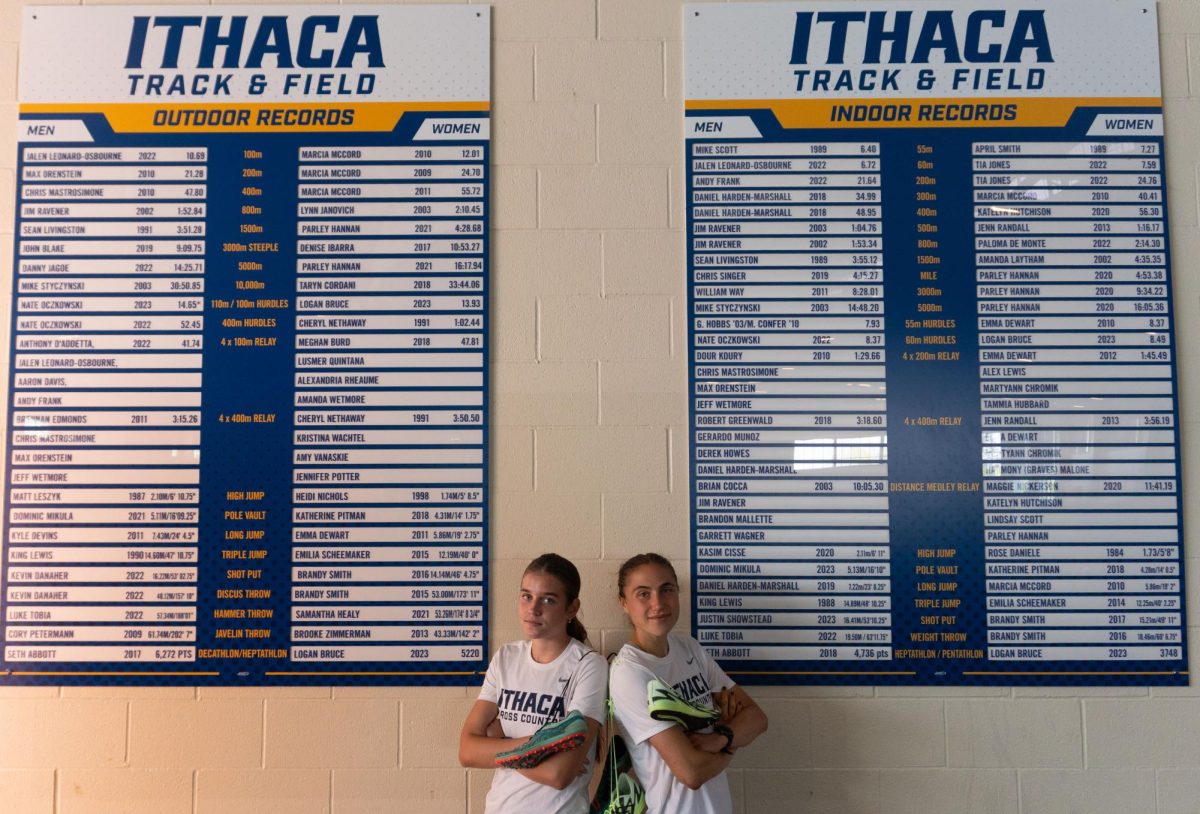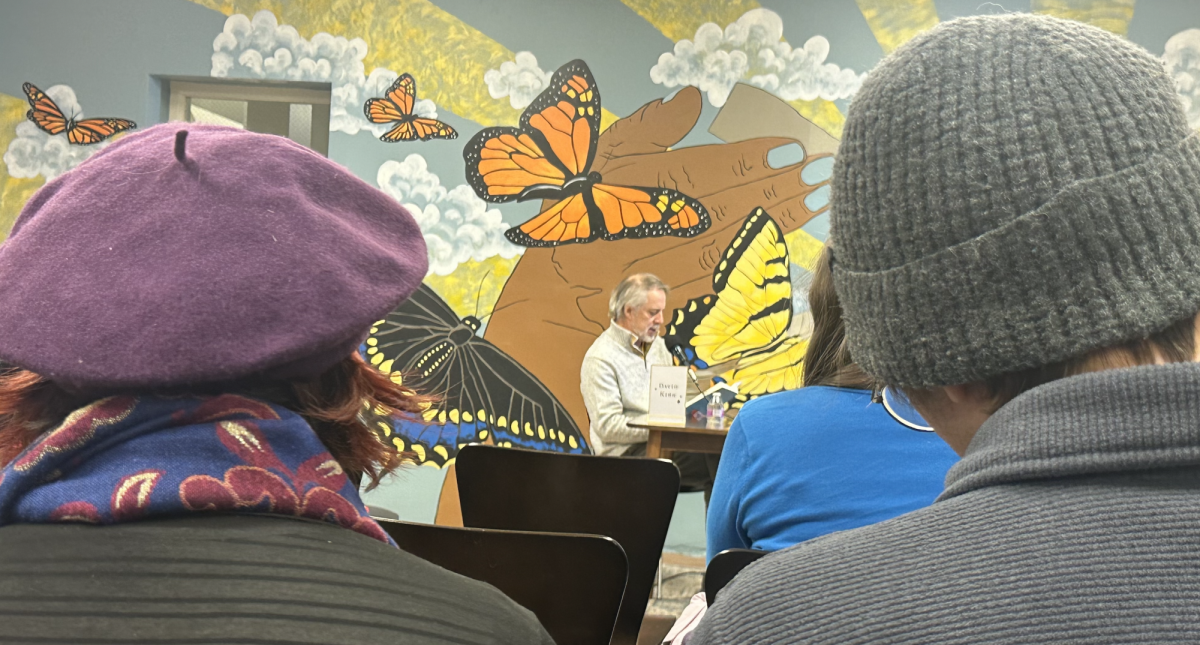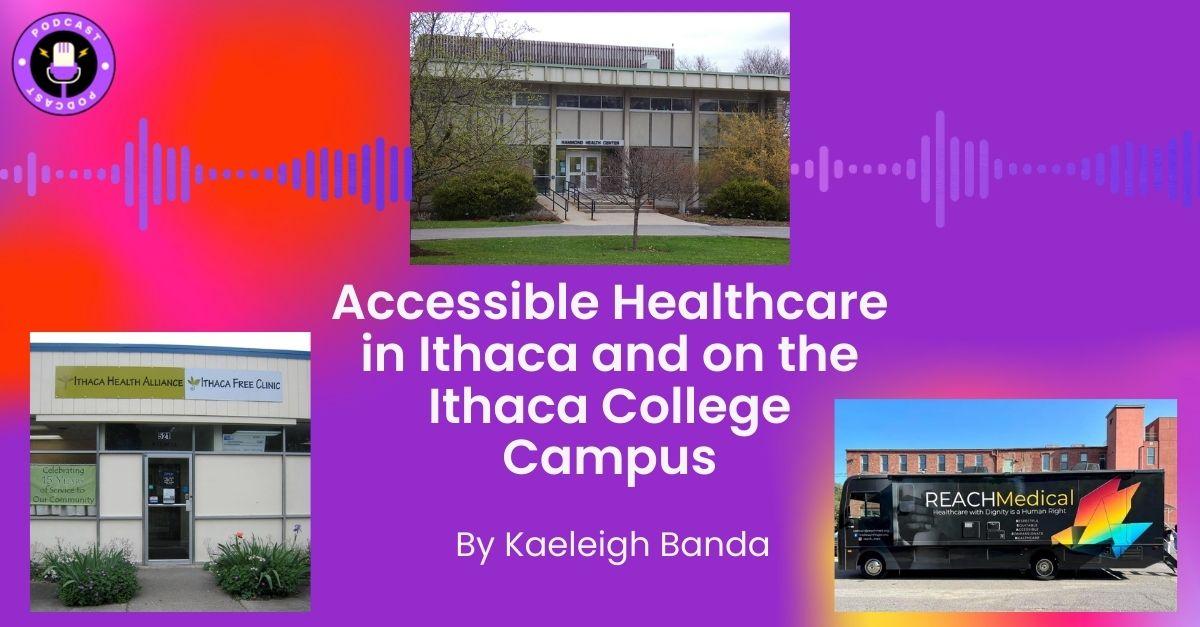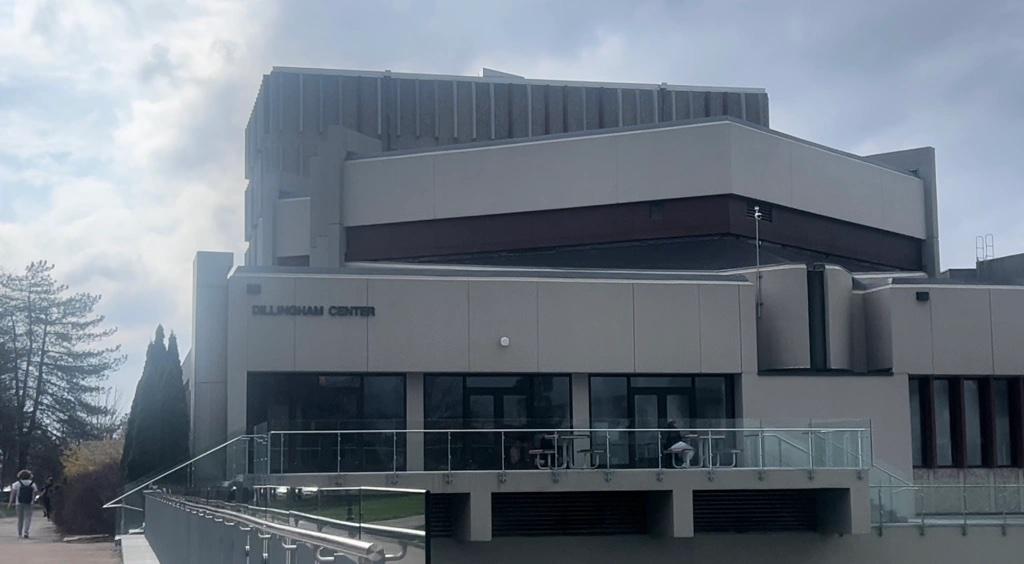Electric bikes return to city streets with the launch of Ithaca Bikeshare
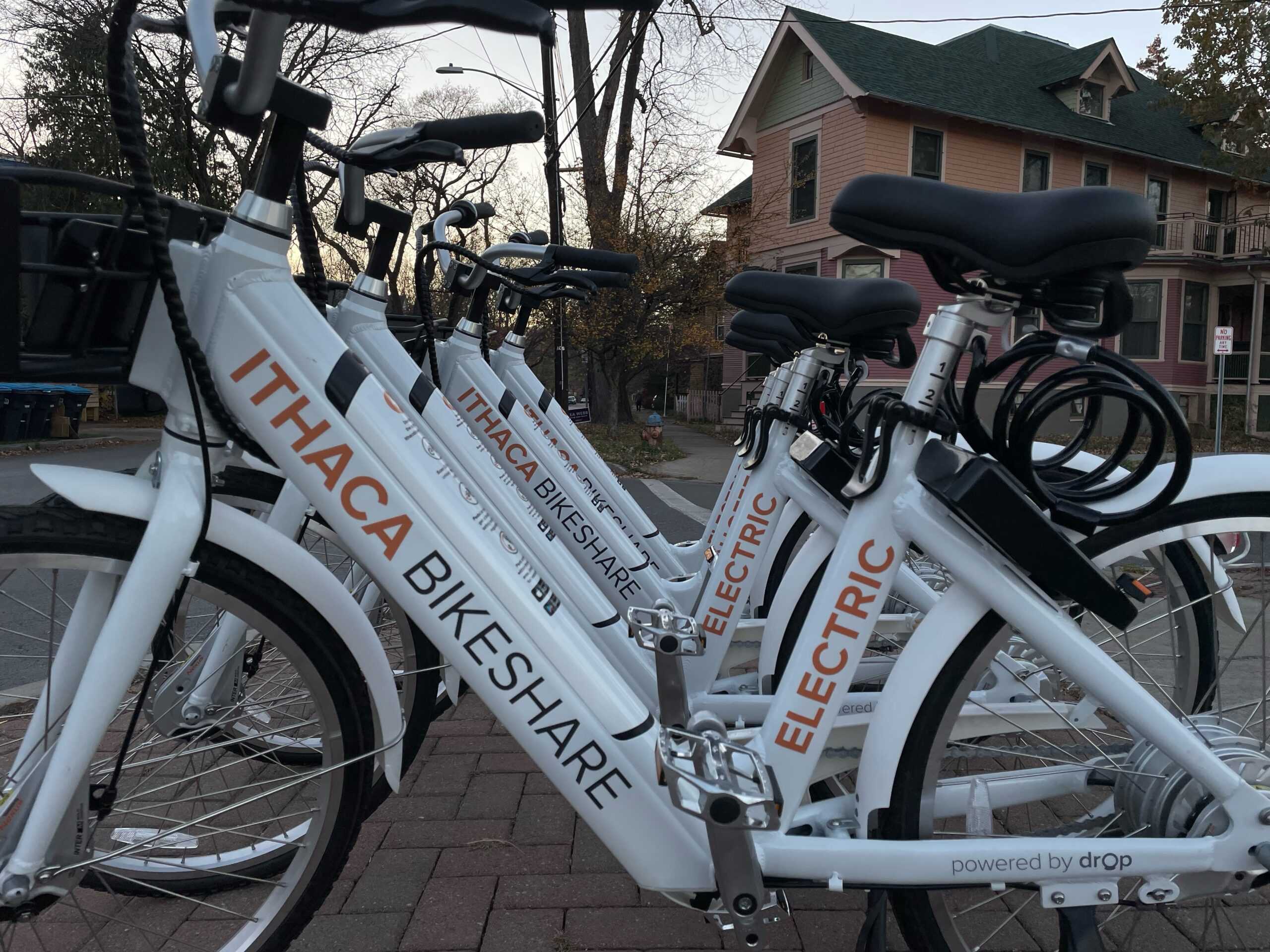
After the Lime bikes were pulled from Ithaca in March 2020, the city was left without a bikeshare program, until now.
The Common Council approved the Center for Community Transportation’s (CCT) plan Nov. 2 for the bikeshare in a unanimous vote.
Ithaca Bikeshare, which launched Nov. 9, is expected to bring community members together through providing an active, affordable and sustainable form of transportation.
How it works
Jeff Goodmark, director of micromobility for the CCT, said that unlike Lime, this new program model is nonprofit and community owned and operated.
Ithaca Bikeshare is funded through grants, sponsorships, donations, etc.
“We feel like the things about the Lime program that may have not worked for some parts of the community are much more in our control,” Goodmark said.
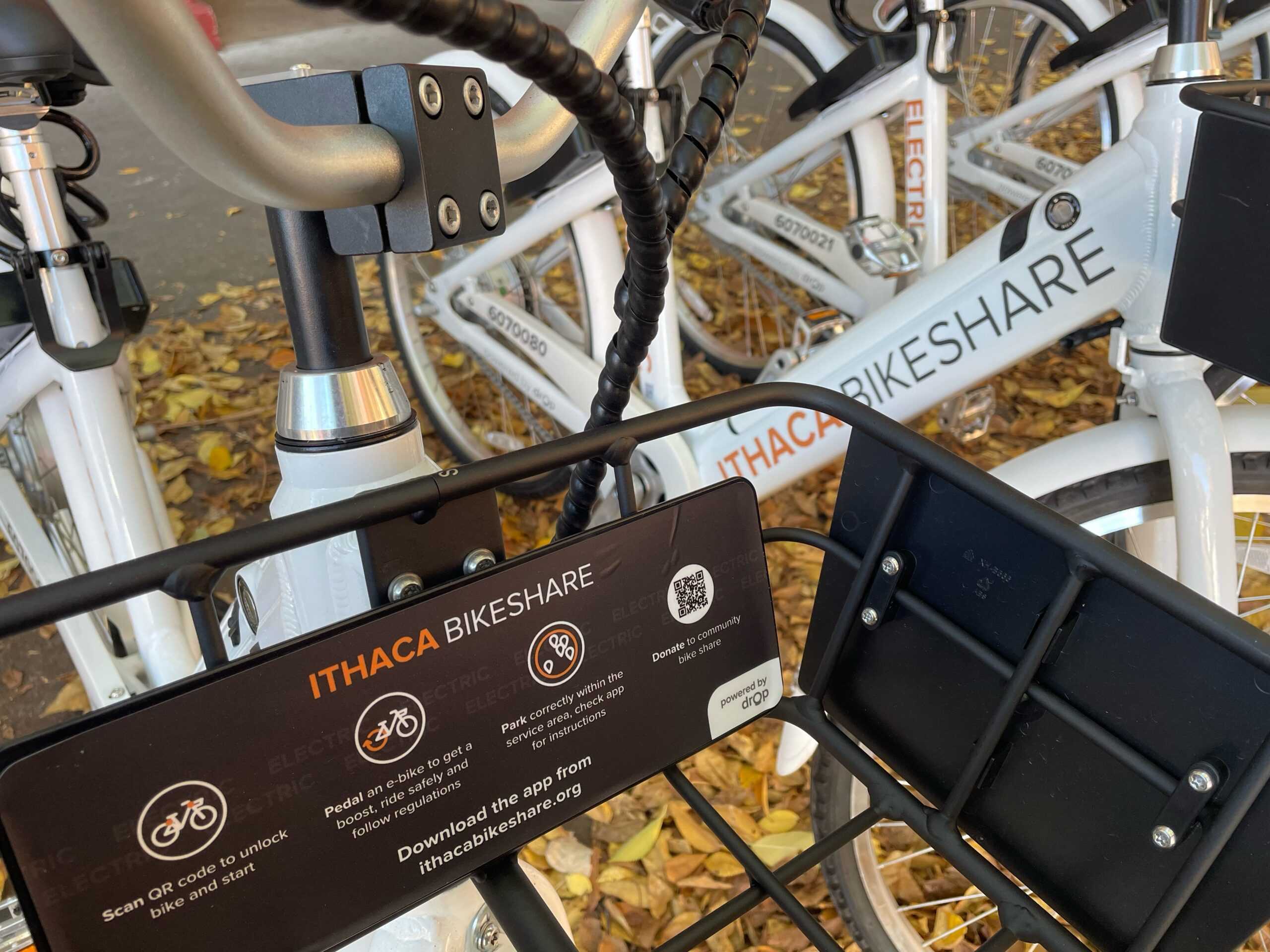
Drop Mobility, an electric bike company, has so far supplied 100 bikes for the program. A larger launch with more bikes is being planned for the spring.
The program features pedal-assist electric bikes, which can reach speeds of up to 16 miles per hour.
Amber Wason, vice president of Operations & Innovation at Drop Mobility, said the company is excited to be working in Ithaca.
“I think we really saw the long-term viability of the system and really believed in the community of Ithaca,” she said. “It’s a really vibrant community … and it’s apparent there’s a lot of investment being made in the downtown and biking infrastructure.”
The Ithaca Bikeshare app is used to unlock bikes, pay for rides and view a map that shows available bikes.

This program features a dockless model, meaning that users can park their bike wherever they need to end their trip.
However, bikers will receive a $1 credit for parking in a “hub,” or an area identified as a place where Lime users would regularly park their bikes.
By the numbers
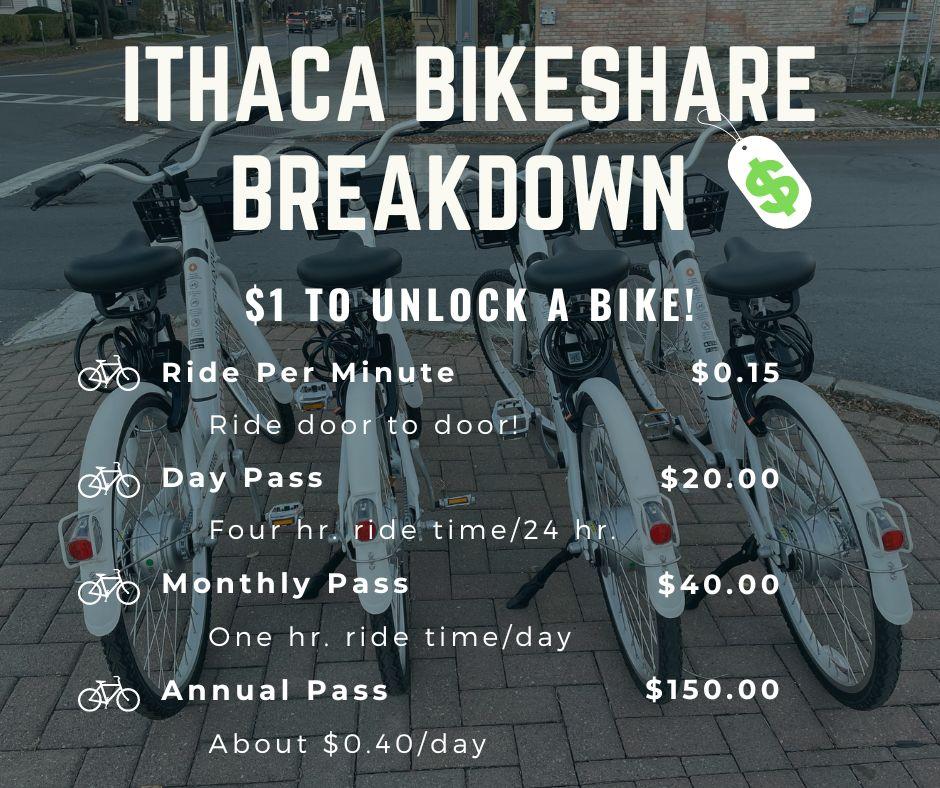
The ability to lock a bike during a trip is a new feature of the program. Users can lock their bike, on the clock, while they stop for an errand to ensure it will be there for a return trip.
Improving infrastructure
Ithaca currently features a mix of bike lanes and boulevards.
Ducson Nguyen, Ward 2 alderperson and cyclist, said the city wants to emphasize modes of transportation other than single-occupancy vehicles, or cars.
“From the city’s point of view, I think we’re interested to see how successful it is,” he said. “My personal interest is to build the infrastructure to make not only biking safer but to accommodate bikeshare.”

Nguyen said investing in biking infrastructure is controversial because it often takes away from vehicle parking.
“To me, it’s important to prioritize bike and pedestrian infrastructure … but it’s a constant struggle to convince everybody about that,” he said.
Community & sustainability
Nicole Friske, associate director of Bike Walk Tompkins (BWT), said biking provides a sense of community.
BWT advocates for bicycling education and infrastructure in Ithaca. Their website features data reports from when Lime was in Ithaca.
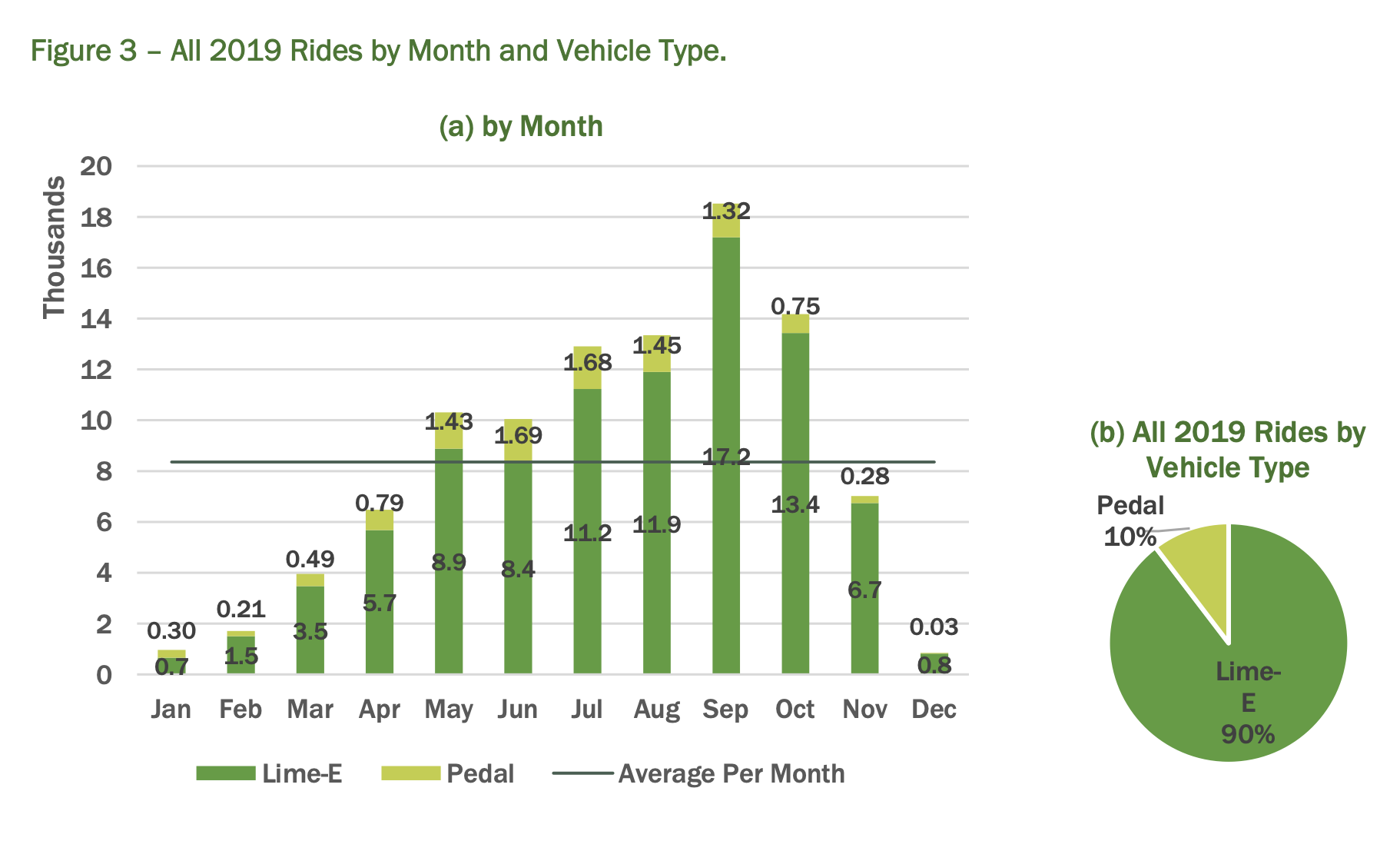
“You’re able to ride bikes to places with your friends or with your family and having access to safe routes is really important because you want to be able to make it home,” she said.
Armin Heurich, sustainable transportation advocate and Ithaca resident, said bikeshare will benefit people who might not normally have access to bicycles.
“I’d love to see more visitors in the area who can just hop on a bike and explore the city rather than having that frustrating experience of driving around one-way streets and traffic,” he said.


